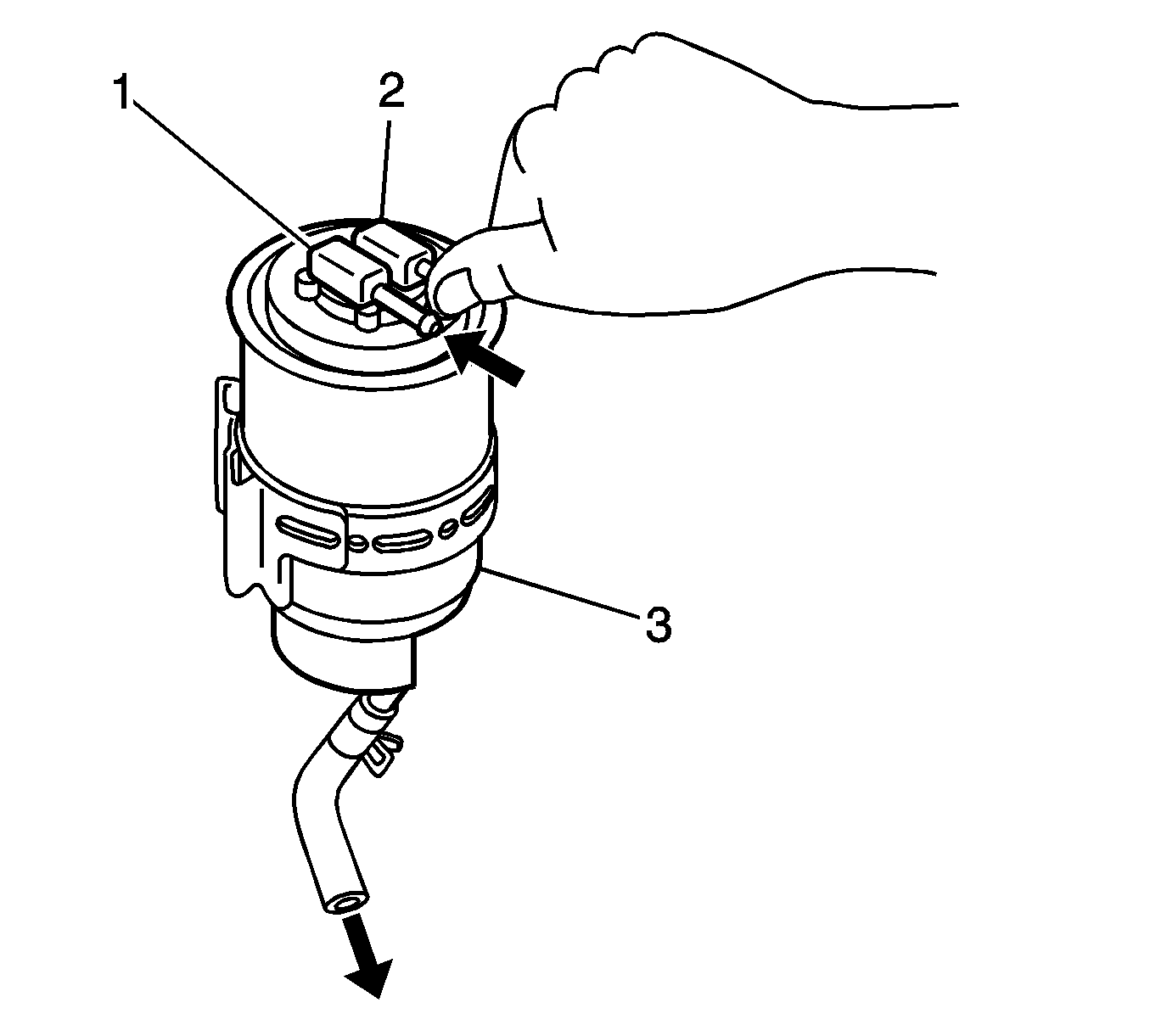For 1990-2009 cars only
EVAP Canister Purge System Inspection
Caution: Do not breathe the air through the EVAP component tubes or hoses. The fuel vapors inside the EVAP components may cause personal injury.
Important: Perform a careful visual inspection of the EVAP control system components and connecting hoses before the diagnosis of an EVAP control system malfunction.
- Allow the engine to cool to room temperature.
- Start the engine (cold).
- Disconnect the purge hose from the EVAP canister.
- Place a finger against the end of the disconnected hose and check for vacuum. Vacuum should not be felt when the engine is below normal operating temperatures.
- Connect the purge hose to the EVAP canister and warm the engine up to normal operating temperature 54°C (129°F).
- Disconnect the purge hose from the EVAP canister.
- Place a finger over the disconnected hose and check for vacuum. Vacuum should be felt with the engine running at normal operating temperature.
- If there is no vacuum present, inspect for faulty vacuum hoses and replace as necessary.
- If the vacuum hoses are OK, replace the EVAP purge vacuum switch. Refer to Evaporative Emission Purge Vacuum Switch Replacement .
EVAP Canister Inspection
- Remove the EVAP canister. Refer to Evaporative Emission Canister Replacement .
- Blow air into the tank pipe (1) of the EVAP canister. There should be no restriction of air flow through the purge pipe (2) and the air pipe (3) at the bottom of the canister.
- Replace the EVAP canister if the EVAP canister fails the above check.
- Next blow air into the purge pipe (2). There should be no air flowing out of the tank pipe (1) or air pipe (3) at the bottom of the canister.
- If the EVAP canister fails the above inspection, the purge port check valve is faulty. Replace the EVAP canister.

EVAP Canister Filter
The EVAP canister inlet filter can be cleaned using the following procedure.
- Remove the EVAP canister. Refer to Evaporative Emission Canister Replacement .
- Plug the EVAP canister purge pipe (2).
- Blow compressed air at a maximum of 294 kPa (43 psi) into the tank pipe (1) of the EVAP canister.
- Air with collected dust and dirt will escape from the air pipe (3) at the bottom of the canister.
- If charcoal particles are released, replace the EVAP canister.

